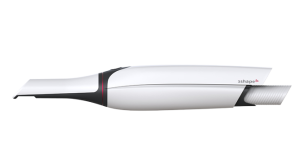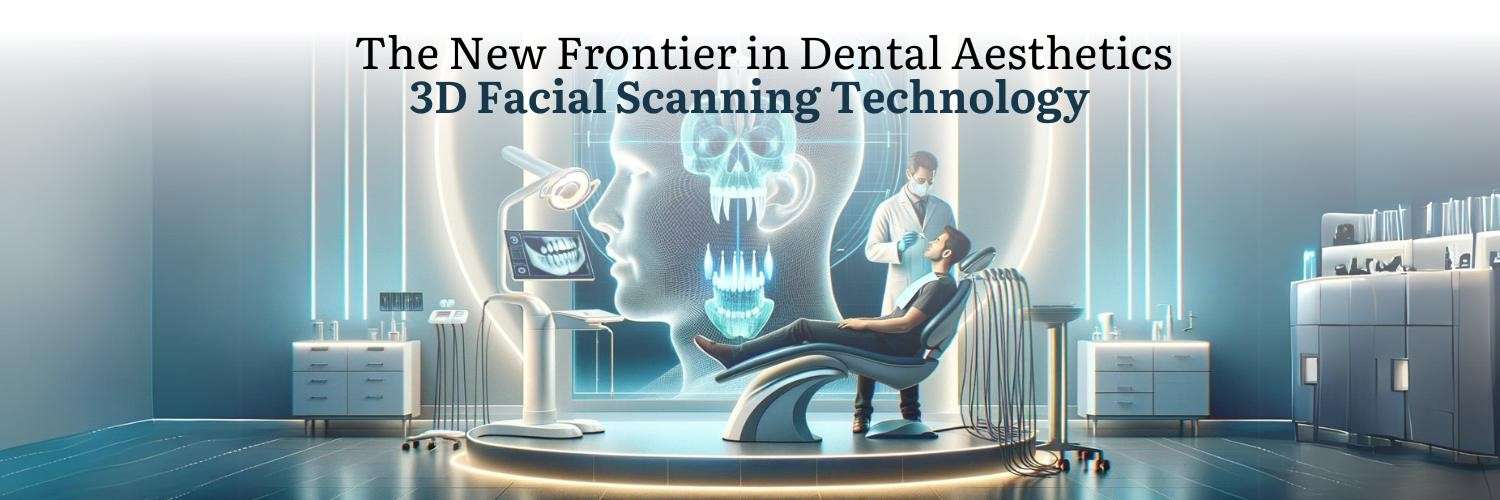Use Of Pre-Operative Scanning In Fabrication Of Prosthesis
Pre-operative scanning is becoming increasingly popular in the fabrication of prostheses due to the many benefits it offers.
Preoperative scanning for the fabrication of prostheses in dentistry refers to the use of digital scanning technology to capture the shape and size of the patient’s oral cavity and provides with digital impressions in 3D images before proceeding with the fabrication of dental prostheses, such as dentures, dental crowns, or bridges. This approach replaces the traditional method of taking impressions using dental putty or other impression materials.
Pre-op scanning in fabrication of any prosthesis is the most effective and efficient way of taking digital impressions rather than conventional ones. It eliminates the errors produced while making manual impressions.
Patients demand best outcomes in shorter period of time and delivering their best skills and work is the responsibility of every dental professional, and latest technologies are a great helping hand in this.
Time is money and investing in the new technologies definitely saves dentists and patient’s time. So, incorporating such new technologies for pre-op scanning of maxillary or mandibular preliminary impressions or both, in their clinical practice is the need of the hour.
Once the digital model has been created, it can be used for a variety of purposes, including:
- Fabricating dental restorations such as crowns, bridges, and dentures.
- Designing orthodontic appliances such as clear aligners.
- Creating surgical guides for dental implant placement.
- Visualizing and planning complex dental treatments.
FEATURES
Here are some ways in which pre-operative scanning can be used in the fabrication of prostheses:
- Accurate measurements: Pre-operative scanning can provide highly accurate measurements of the patient’s teeth that requires a prosthesis. This is especially important for complex prostheses, such as those used for occlusion, where precise measurements are crucial.
- Customization: Pre-operative scanning allows for the customization of the prosthesis to fit the patient’s oral cavity perfectly. This can lead to a better fit, increased comfort, and improved functionality of the prosthesis.
- Faster production: With pre-operative scanning, the digital data can be used to create a 3D model of the prosthesis, which can be fabricated using computer-aided manufacturing techniques. This process is often faster than traditional methods of creating prostheses, which can take weeks or even months.
- Improved outcomes: By using pre-operative scanning to create a custom-fitted prosthesis, patients may experience improved outcomes, such as better range of motion, improved function, and reduced pain.
Techniques in fabrication of Prosthesis:
There are several techniques involved in the fabrication of prostheses in dentistry, including:
- Traditional Impression Technique: In this technique, a dental putty or any other impression material is used to take a mould of the patient’s teeth and gums. This mould is then sent to a dental laboratory where the prosthesis is fabricated.
- Digital Scanning Technique: This technique involves using a handheld scanning wand or intraoral camera to capture digital images of the patient’s teeth and gums. These images are then used to create a 3D model of the patient’s oral cavity, which is used to design and fabricate the prosthesis.
- Computer-Aided Design (CAD) and Computer-Aided Manufacturing (CAM) Technique: In this technique, the 3D model of the patient’s oral cavity is used to design the prosthesis using specialized software. The design is then sent to a milling machine, which carves the prosthesis out of a block of material such as ceramic or zirconia.
- Direct Fabrication Technique: This technique involves fabricating the prosthesis directly in the patient’s mouth, using a variety of materials such as composite resin or acrylic.
- Hybrid Technique: This technique combines traditional impression techniques and digital scanning techniques. The traditional impression is used to capture the general shape and size of the patient’s oral cavity, while digital scanning is used to capture more precise details.
The choice of technique depends on various factors such as the type of prosthesis needed, the patient’s oral anatomy, and the dentist’s preference and skill level.
ADVANTAGES
There are several benefits of using preoperative scanning in dentistry.
First, it is a more comfortable and less invasive process for the patient. Traditional impression techniques can be messy and uncomfortable, especially for patients with a sensitive gag reflex.
Secondly, Digital scans are more accurate and provide a more precise representation of the patient’s oral anatomy, resulting in better-fitting prostheses.
Third, the use of digital scans can speed up the prosthetic fabrication process and reduce the turnaround time.
One of the leading, fast intraoral scanners using AI Technology with high accuracy and latest features making digital pre-op scanning experiences way better is 3shape trios 4 wireless.
TRIOS 4 : A well renowned scanner with weight of just 373g with precision of approx. 4.5 mu, LED light source, wireless intraoral scanner; battery operated; Realistic colour scans; High accuracy; Fast speed; Capture all shades in scanning; Orthodontic simulator; Inbuilt 2D smile design software.

Al the above-mentioned features have made the scanner, the world best.
Some of the drawbacks which can hinder in buying the scanner are:
Cost: The equipment required for preoperative scanning can be expensive, and this cost may be passed on to the patient. In some cases, insurance may not cover the cost of preoperative scanning, which can make it less accessible to some patients.
Technical Issues: Preoperative scanning requires a high level of technical expertise and specialized equipment.
Learning Curve: Dentists and Dental technicians may need to undergo training to learn how to use the equipment and software required for preoperative scanning.
Limited Availability: Not all dental practices may have the equipment and expertise required for preoperative scanning. This can limit the availability of this technology in some areas, making it more difficult for patients to access.
With the digitalization of dental market, even these hindrances can be tackled easily.
Some of the advanced features of TRIOS scanner, which makes it reliable, unique and Premier are:
Trios Smile Design

Trios Treatment Stimulator

Trios Patient Specific Motion

Trios Patient Monitoring

CONCLUSION
Overall, the use of pre-operative scanning in the fabrication of prostheses can lead to more accurate, customized, and faster production of prostheses, which can ultimately improve patient outcomes.
In summary, preoperative scanning for the fabrication of prostheses in dentistry is a modern, more accurate, and comfortable approach to capturing the shape and size of the patient’s oral cavity before proceeding with the fabrication of dental prostheses.





Leave a comment